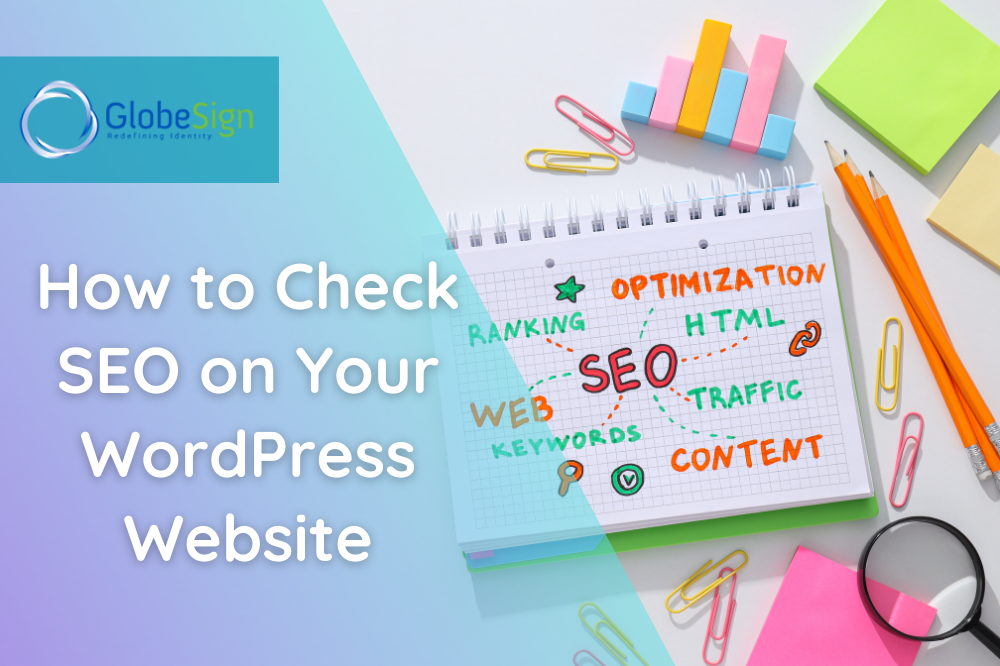If you’re looking to boost your website’s visibility and attract more organic traffic, Search Engine Optimization (SEO) is a must. Whether you’re a beginner or a seasoned WordPress user, enabling SEO on your website can dramatically improve your ranking in search engines like Google, Bing, and others.
In this guide, we’ll walk you through the steps to enable SEO on your WordPress website and optimize your content to attract more visitors. From understanding the basics to implementing advanced strategies, let’s dive in!
1. Start with an SEO-Friendly WordPress Theme
The first step in optimizing your WordPress site is choosing an SEO-friendly theme. An SEO-friendly theme ensures that your site is structured properly for search engines to crawl and index. It should be lightweight, responsive (mobile-friendly), and follow good coding practices.
There are plenty of free and premium SEO-optimized themes available in the WordPress theme repository. Look for themes that:
- Are mobile responsive
- Have clean, well-structured code
- Load quickly
- Have proper heading hierarchy (H1, H2, H3)
Many premium themes come with built-in SEO features to help optimize your website right out of the box.
2. Enable SSL/HTTPS for Security

Google and other search engines prioritize secure websites. If your site isn’t using HTTPS, it may negatively impact your SEO rankings. Enabling SSL (Secure Sockets Layer) ensures that the data sent between your server and users is encrypted, building trust and credibility.
How to Enable SSL in WordPress:
- Get an SSL Certificate: Many WordPress hosting providers offer free SSL certificates through Let’s Encrypt. Alternatively, you can purchase a premium SSL certificate from providers like Domain.com.
- Activate SSL in WordPress: Once you have the certificate, you’ll need to enable it in your WordPress dashboard. You can do this by visiting Settings > General and ensuring that both your WordPress Address (URL) and Site Address (URL) start with https://.
- Redirect HTTP to HTTPS: Use a plugin like Really Simple SSL or manually update your .htaccess file to redirect all HTTP traffic to HTTPS.
3. Install an SEO Plugin
Using an SEO plugin is one of the easiest ways to enable SEO on your WordPress site. Plugins like Yoast SEO and All in One SEO (AIOSEO) are designed to make SEO easy for beginners and experts alike.
Why Use an SEO Plugin?
SEO plugins help you optimize your content and improve your website’s performance. With these tools, you can:
- Add meta titles and descriptions
- Create XML sitemaps
- Optimize for specific keywords
- Integrate with Google Search Console
- Analyze content readability and SEO scores
Yoast SEO, for example, offers a powerful feature set, including content analysis, snippet preview, and social media integration. The free version is highly recommended for most users, but the premium version offers advanced features like internal linking suggestions and redirection management.
4. Focus on On-Page SEO
On-page SEO refers to the actions you can take directly on your site to improve rankings. This includes optimizing your content, images, and meta tags to ensure search engines and users understand what your pages are about.
How to Optimize Your Content:
- Keyword Research: Start by researching the keywords you want to rank for. Tools like Google Keyword Planner, Ahrefs, and SEMrush can help you identify high-traffic keywords related to your content.
- Incorporate Keywords Naturally: Use your target keywords in key places like the post title, headings (H1, H2, H3), URL slug, and throughout the content. Avoid keyword stuffing, as this can hurt your SEO.
- Write Descriptive Meta Titles and Descriptions: Your meta title and description appear in search results and influence click-through rates. Include your primary keyword and make them enticing for users.
- Optimize Images: Add alt text to all images to describe what they’re about. Search engines can’t read images but can interpret alt text, which contributes to better indexing.
5. Optimize Your Site’s Speed

Site speed is a ranking factor for SEO. A slow-loading website can cause users to bounce, negatively impacting your rankings. Optimizing your website’s speed will provide a better user experience and help improve SEO.
Tips to Speed Up Your WordPress Website:
- Use a Caching Plugin: Plugins like W3 Total Cache or WP Super Cache can speed up your site by caching static content and reducing server load.
- Optimize Images: Use image compression tools like Smush or ShortPixel to reduce image file sizes without sacrificing quality.
- Minify CSS and JavaScript: Reduce the size of your CSS and JavaScript files by using a plugin like Autoptimize.
- Use a Content Delivery Network (CDN): A CDN (like Cloudflare) distributes your website’s content across various servers worldwide, speeding up load times for users regardless of their location.
6. Create and Submit an XML Sitemap
An XML sitemap helps search engines crawl and index your site. WordPress plugins like Yoast SEO automatically generate a sitemap for you. This file lists all your site’s pages, posts, and other content, making it easier for search engines to discover and rank your content.
After creating your sitemap, you’ll need to submit it to search engines via tools like Google Search Console. This ensures that search engines can quickly find and index all your content.
7. Monitor Your SEO Performance
Once you’ve enabled SEO on your WordPress website, it’s essential to monitor your performance and make data-driven improvements. Tools like Google Analytics and Google Search Console provide valuable insights into your traffic, rankings, and overall website performance.
- Google Search Console: This tool helps you monitor how Google indexes your website, spot any issues, and track keyword performance.
- Google Analytics: This tool provides detailed insights into your visitors’ behavior, including page views, bounce rates, and conversion rates.
8. Implement Off-Page SEO
While on-page SEO is crucial, off-page SEO is just as important. This involves tactics like building backlinks, social sharing, and influencer outreach.
- Backlinks: Quality backlinks (links from other websites to your site) are a significant ranking factor. Try to earn backlinks from authoritative sites in your industry by creating valuable content or guest blogging.
- Social Sharing: Sharing your content on social media can increase visibility and generate traffic. Social signals (shares, likes, comments) can also indirectly impact SEO.
Conclusion: Start Improving Your SEO Today
Enabling SEO on your WordPress website doesn’t have to be complicated. By following these steps—starting with an SEO-friendly theme and using plugins to optimize content and performance—you’ll be well on your way to improving your rankings and driving more organic traffic to your site.
Remember, SEO is a long-term strategy. It takes time for search engines to recognize your improvements, so be patient and consistent. Regularly monitor your site’s performance, update your content, and stay informed about the latest SEO trends to continue growing your online presence.
If you’re ready to take your SEO to the next level, consider using advanced SEO tools and consulting experts who can provide tailored advice for your specific niche.







